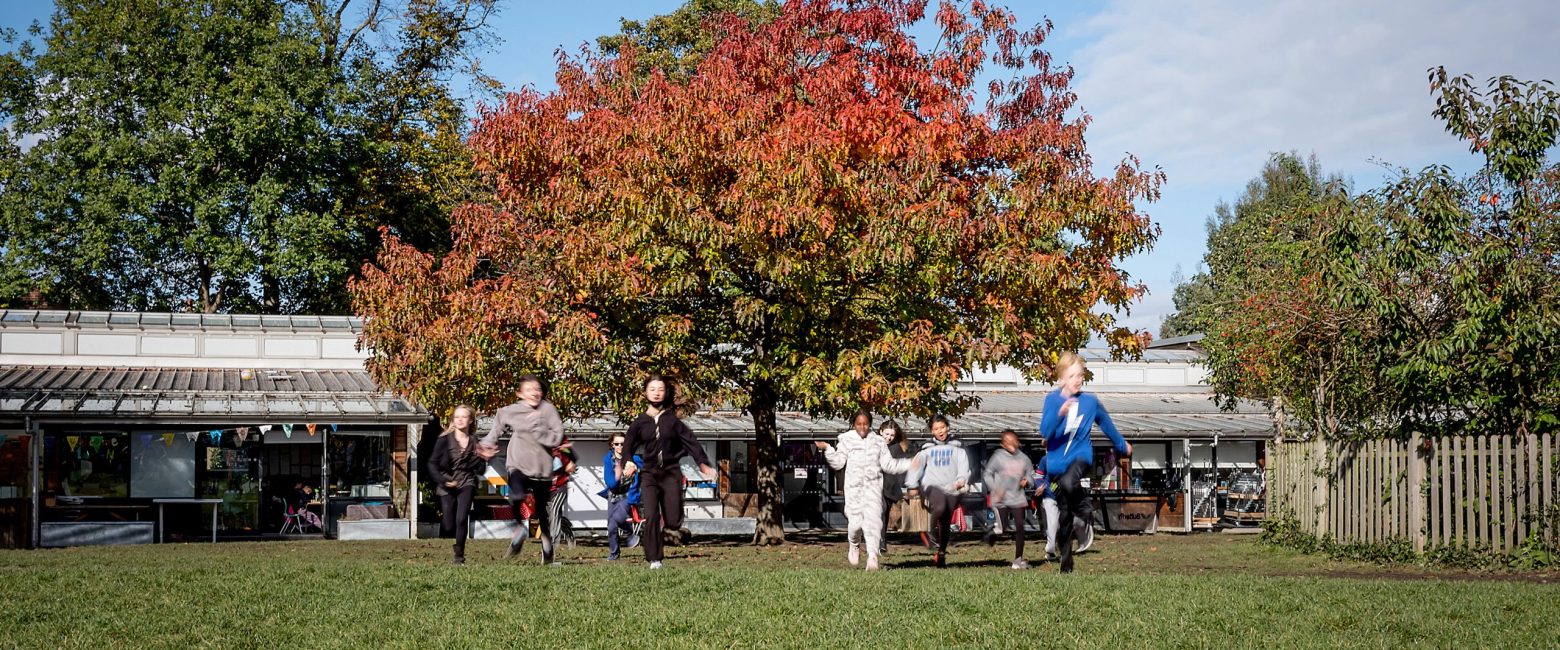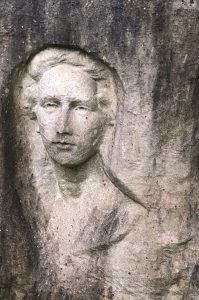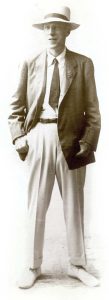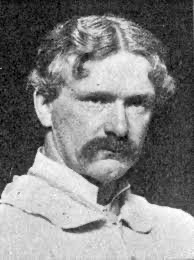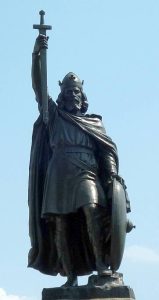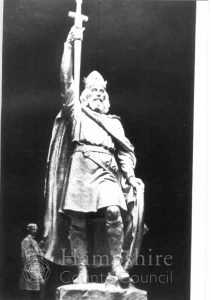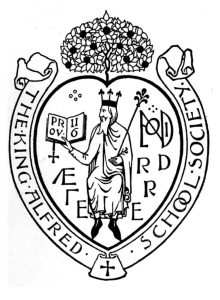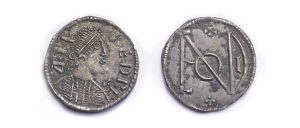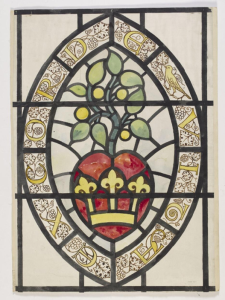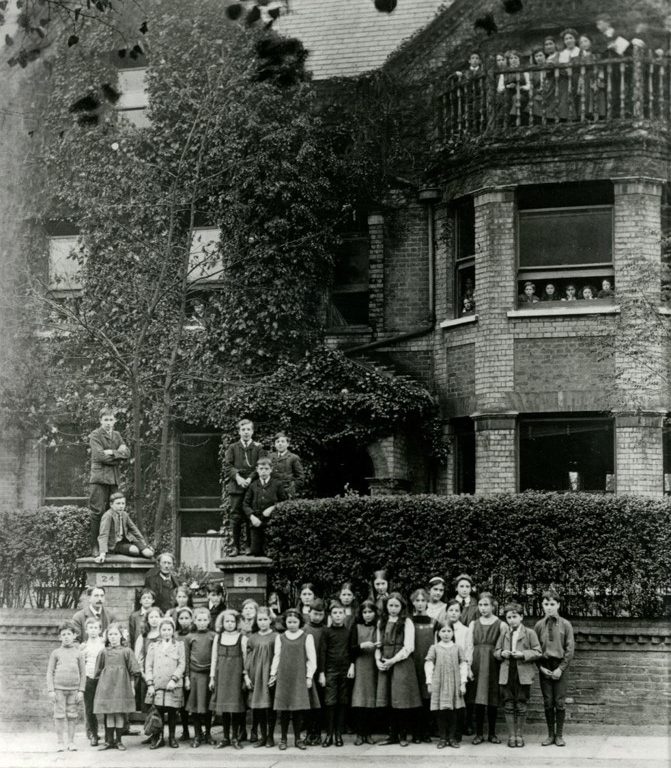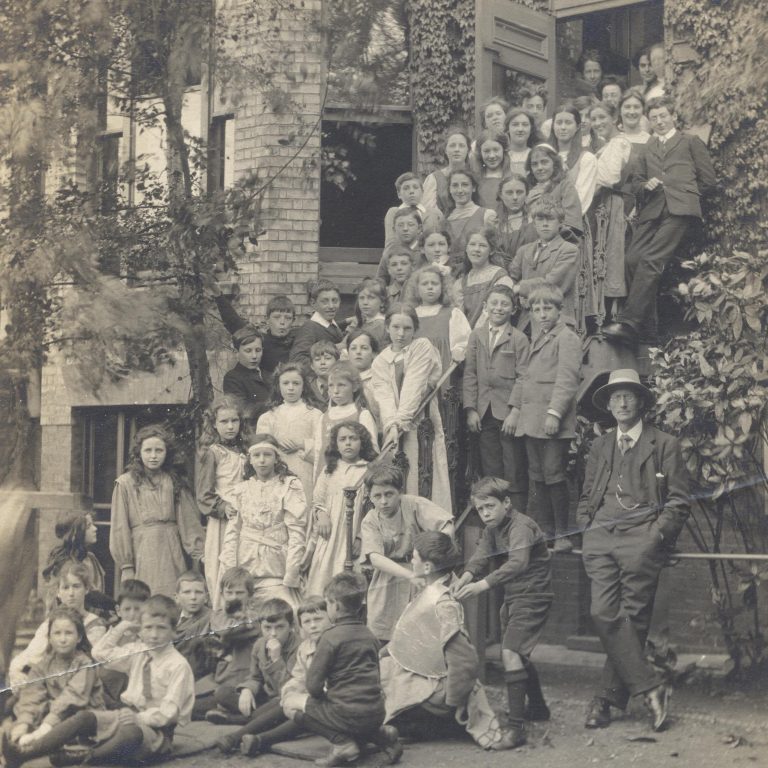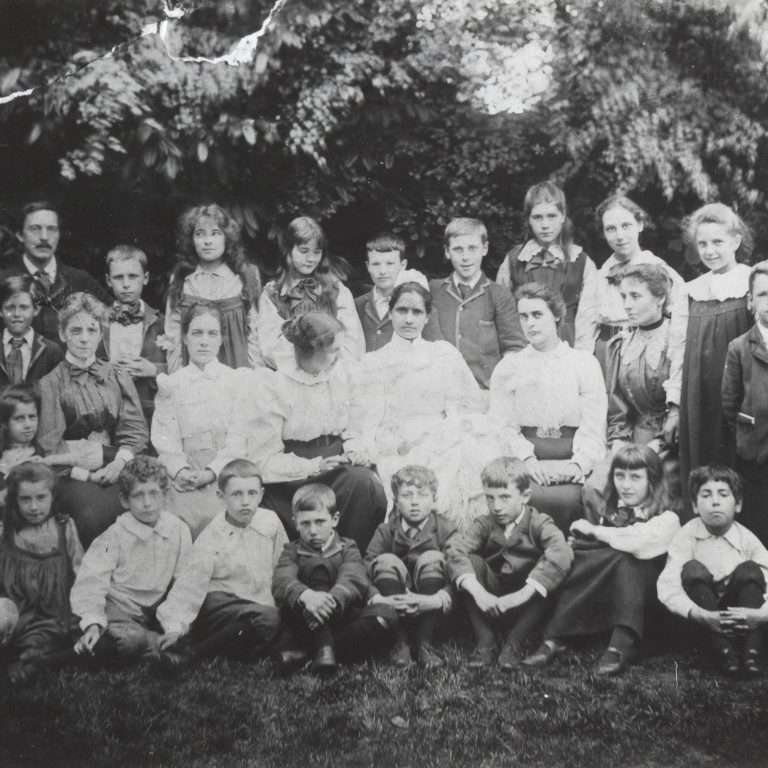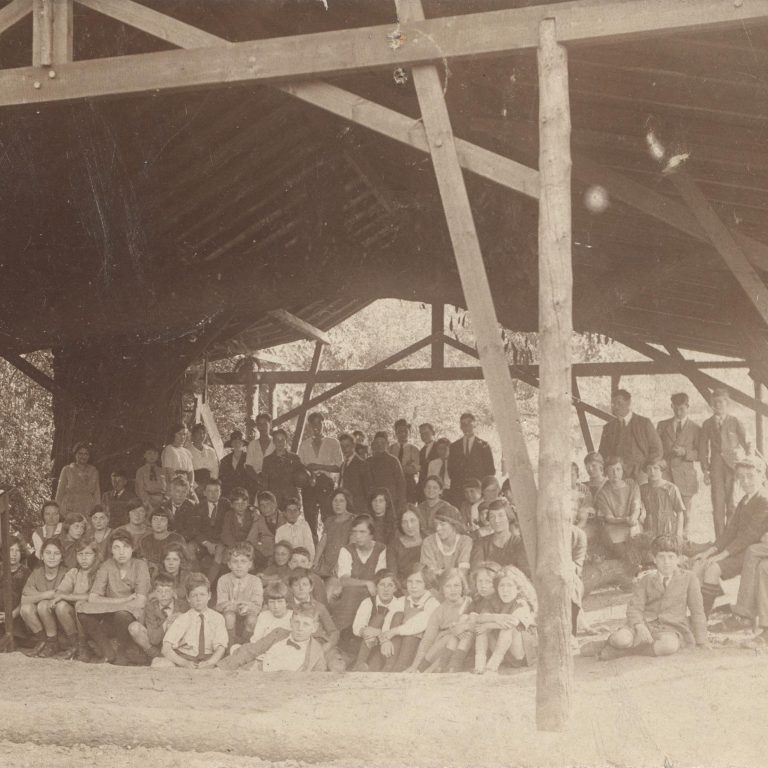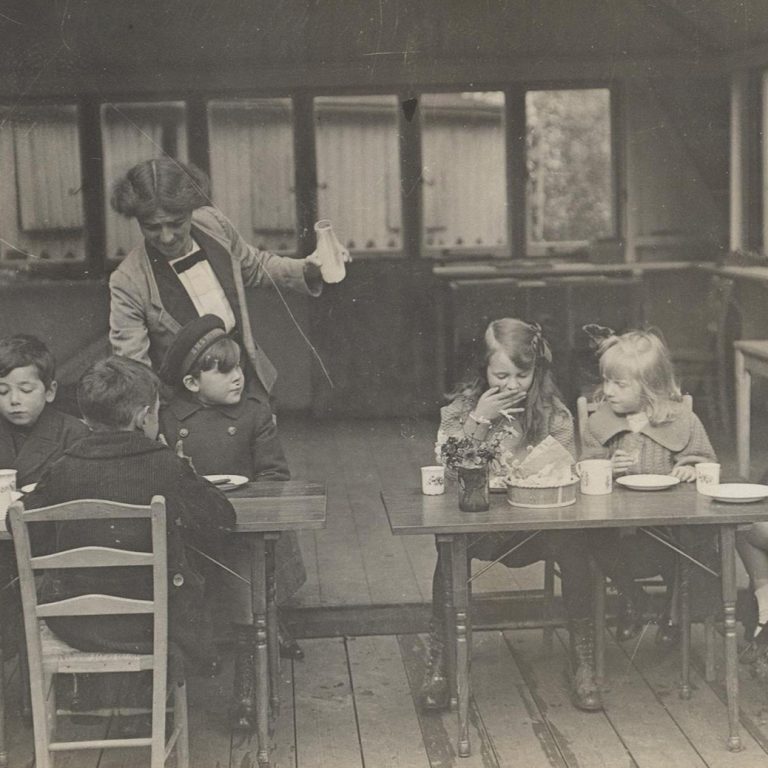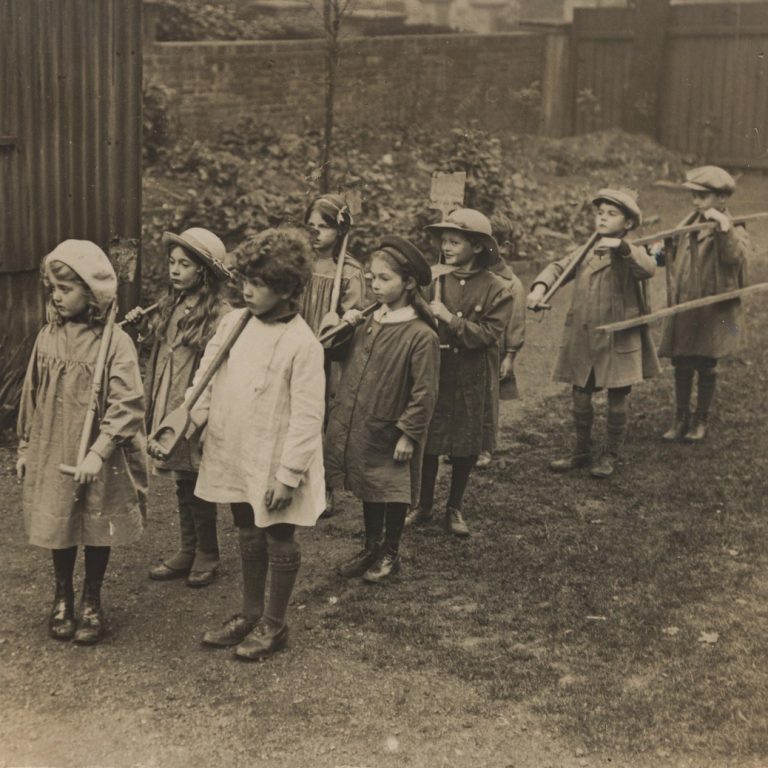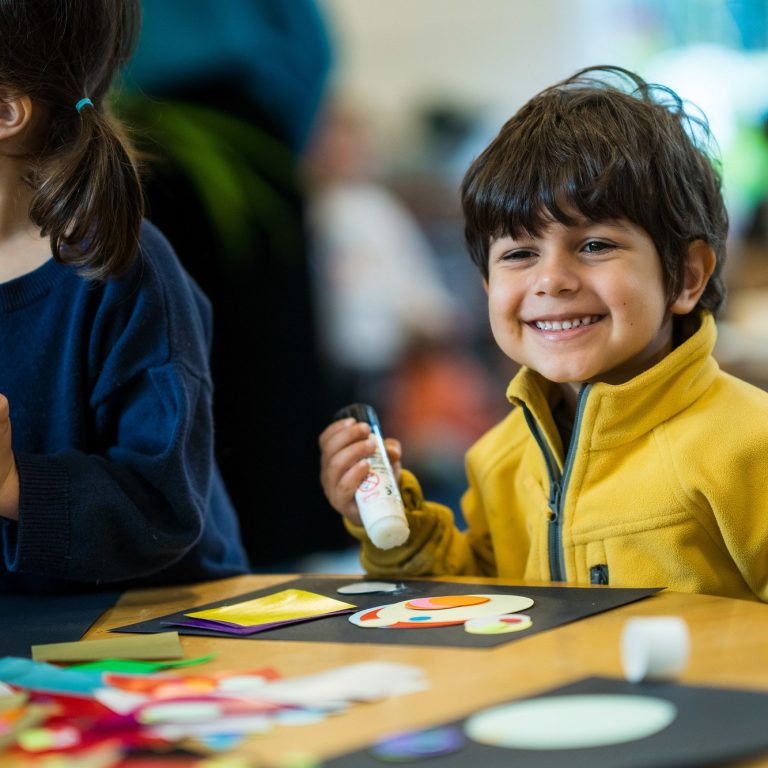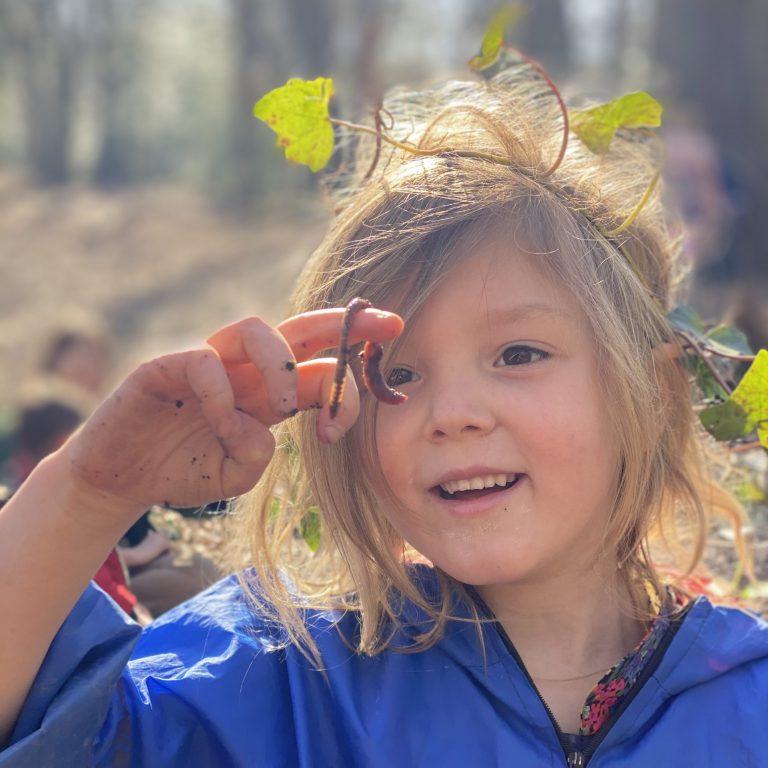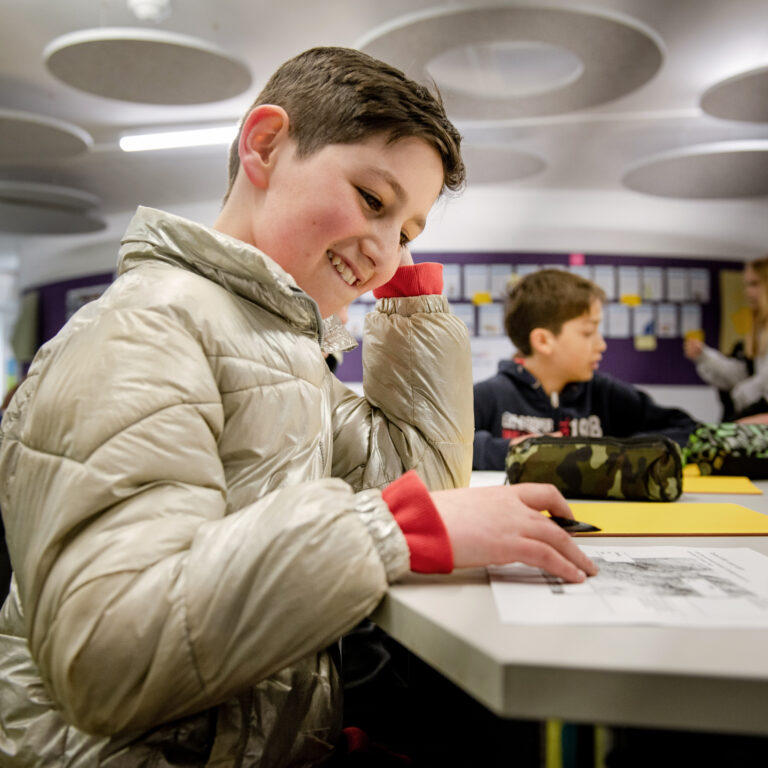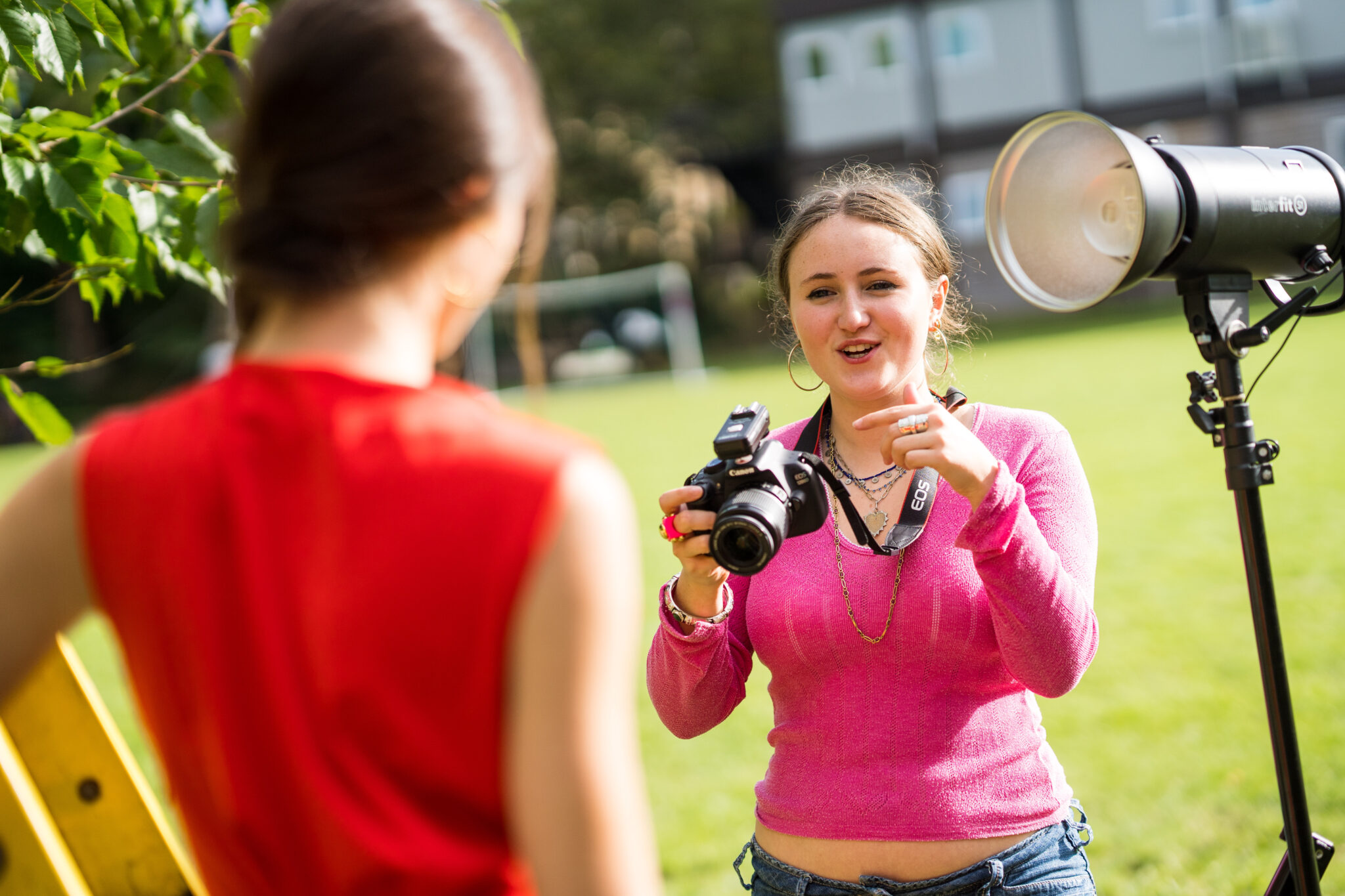KAS 125 History
As King Alfred’s 125 anniversary approaches, we’ve been reflecting on our history. Kara Conti, President of The King Alfred School Society has written a series of articles on King Alfred’s origins and early history. Click on the articles below to read more.
October 1897: The Magnificent Seven
The King Alfred Founders
125 years ago this October a meeting was organised by seven Hampstead parents to discuss the possibility of founding a new school, co-educational, unattached to any religion, and taking into account the ideas of educational reformers and their realisation of individuality. Subjects would be interlinked, homework would not be set as leisure and play were deemed essential, and no scholarships or prizes would be worked for as learning for its own sake was
the aim.
These ideas had been circulated to the local community, and interested parties were invited to this meeting to discuss a curriculum and an educational ethos for a school that would be very different to anything on offer at the time. The meeting led to the foundation of a Society and, the following year, a school.
As present President of the King Alfred School Society, which was surely born that night, I have been researching the seven pioneering parents to whom we owe everything.
Isabel White Wallis (1853-1923)
Isabel, along with her friend Alice Mullins, was very much the driving force behind the movement. Married to a scientist she believed in a rational approach to education. She encouraged discussion of a wide range of views in the press and questioned many contemporary values and practices. She was once quoted as saying, “By means of examinations and other aids, children are ground in a mill where individuality is repressed and where humanity is minted into pieces as like each other as the coinage.”
I found her grave in Hampstead Cemetery and the remarkable sculpture of her there allowed me to look into her eyes and somehow capture her spirit.
Alice Mullins (1847-1920)
A sculptor, married to a sculptor, she worked closely with Isabel to bring their ideas to fruition. She was passionate about artistic freedom and the cultivation of individuality. The very first meeting of the seven took place in her studio.
Frederick Waldron Miall (1857-1934)
A journalist and author, he acted for the first few years as chairman. His extensive range of press contacts served the propagandist aims of the group well.
Cecil Sharp (1859-1924)
Cecil was a musician, composer and folk song collector. At the age of 23 he emigrated to Australia where he taught, composed and conducted in Adelaide. He returned to England in 1892 and taught music in a preparatory school in north London. He became Principal of
the Hampstead Conservatoire of Music in 1896.
Gerald Maberley (1871-1961)
Gerald was a barrister at law and gave invaluable service to the group, fulfilling the role of Honorary Treasurer. He was the longest serving founding member. He lived at 1 Ellerdale Road; the school would later open at 24 Ellerdale Rd, Hampstead.
Godfrey Hickson (1854-1932)
As a solicitor he was of great service in drawing up all the legal documents in the formation of the Society and the Articles of Association. He lived at 20 Ellerdale Road at the end of his life.
Hamo Thorneycroft (1850-1925)
Hamo was a sculptor enjoying a high degree of success as a leading exponent of the New Sculpture, a movement in British sculpture reacting against the neo-classicism of mid-Victorian sculpture. He received public commissions for statues of Oliver Cromwell and Alfred the Great and was knighted in 1917.
What united these seven parents was the drive to provide a better education for their children, but not only that. They were determined to create a demonstration school that would have a long term impact on the world of education. What a brave gang.
Kara Conti, President of the King Alfred School Society
1898: The New Century Society
125 years ago this month our founders decided against the name The New Century Society and opted for The King Alfred School Society instead. They planned the opening of their brave new school for 1898 which was approaching the 1000th anniversary of the death of King Alfred the Great. Nationwide plans were already in place to celebrate this king, one of only two monarchs ever given the title ‘the Great’ and a ruler perhaps best known for his attitude to learning. He founded a school at his court and educated his daughters as well as his sons. He invited scholars to assist him to translate works from Latin to English to facilitate learning for all.
Our founder, Hamo Thorneycroft, a celebrated sculptor, was commissioned to create a statue of King Alfred at this time. The magnificent bronze stands to this day in Winchester, Alfred’s capital. I found this photo, credited to John Brimfield, of Hamo with a plaster cast of the statue . It stands a striking 15 feet tall but looks even more towering in this print with the sculptor standing in the background.
As President of what might have been the New Century Society I cannot stop researching this piece of history. My latest research has revealed more about those first families. That foremost founder Isabel White Wallis (nee Callard) had three nephews also enrolled that first year. Her family, the Callards, were bakers and confectioners. Who remembers Callard and Bowser toffees or butterscotch? It was an enormously successful brand in my childhood.
Kara Conti, President of the King Alfred School Society
February 1898: The KAS Society Logo
Another date to celebrate in this 125th year!
In February 1898 the Arts and Crafts designer and architect, Charles Voysey, one of our first parents, delivered the design for the logo of the Society. We have lived with this beautiful logo for the Society ever since but how often have we looked at the detail of it?
Happily Voysey left a note describing the ideas behind the design. Central is the tree of good and evil springing out of the heart. He depicted Alfred with details drawn from early manuscripts, notably in a crown copied from an image of the later King, Edgar. On the King’s left is a monogram taken from a coin minted in 880AD in Alfred’s reign. The monogram is formed by the letters of Londonia (London).
On the reverse of the coin there is an image of Alfred in profile and around it the letters AELFRED RE. Voysey used some of the lettering in the logo from the coin but strangely not all of it. The L is missing and the F is not fully formed. That’s a little mystery.
A non-religious, secular school?
King Alfred is holding The Bible in his right hand indicating Proverbs chapter 2 verse 6 which reads “For the Lord giveth wisdom: out of his mouth cometh knowledge and understanding”. How odd to find a Bible quote in the logo of a school whose founders were so intent that no religion be taught to their children. Another mystery.
What is true is that Alfred was an ardent Christian, known for his zeal and ability to convert Vikings to Christianity. His other great passion was education and learning, which is why the founders had chosen to name the School after him, not least because he educated his daughters as well as his sons.
Perhaps we need to look more closely at Charles Voysey himself. He was not one of the seven founders but enrolled his children at the School from the earliest days. Charles was the son of a Church of England priest who had educated him. Interestingly his father had been dismissed because he disagreed with certain accepted beliefs, for example he refused to preach the church’s doctrine on eternal damnation. He formed his own church, Theism, breaking free from the constraints of his previous role.
What did the founders think when they first saw the design, one wonders? There is no record of any dissent (that we have found yet!) but it is significant that the next design produced by Voysey for the school lacked any religious references. It was for a stained glass window for Ellerdale Road, the first School building. The V&A has this watercolour of the window design. No biblical quotes just the simple Latin motto ‘ex corde vita’ – ‘out of the heart springs life’. We wonder whether the original window is still there. Who is going to knock on the door of number 24 and politely enquire?
The Voyseys remained a part of the School for many years. The eldest son, also called Charles, became an architect like his father. He was latterly called Charles Cowles Voysey as he took his wife’s surname as his own middle name upon marriage. It was this Charles Voysey who drew up plans for the School at Manor Wood, beautiful buildings that sadly had to be exchanged for used army huts when the move was made due to a severe lack of funds.
Charles F.A. Voysey is known to this day for the many beautiful and distinctive houses he designed. Have a look at Annesley House, 8 Platts Lane, Hampstead. He built this for his father and it is where his father, the erstwhile C of E priest, died.
Kara Conti, President of the King Alfred School Society
KAS 125 In Photographs
Learn More
If you want to learn more about our school history, check out our 125 artefacts page.
Follow king_alfred_archive on Instagram and @KASArchives on Twitter for more stories from our archives.


